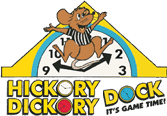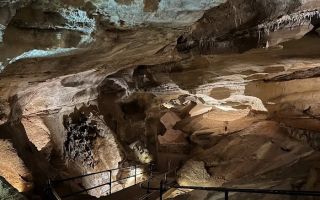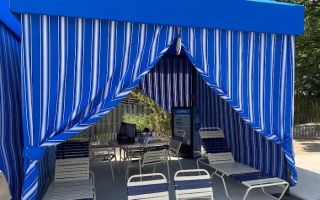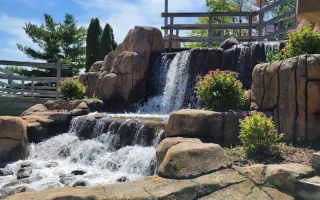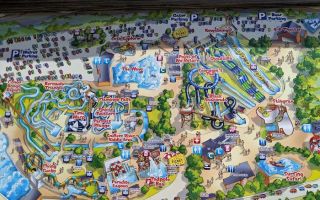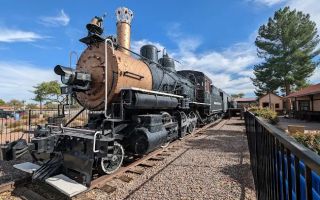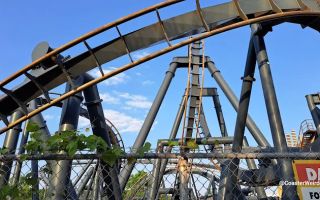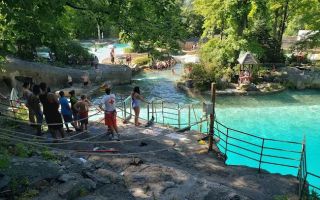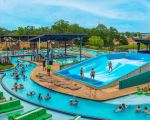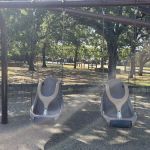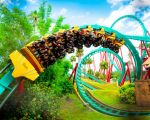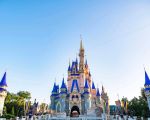How Much Does It Cost to Build an Amusement Park? A Detailed Guide
- Factors Affecting the Cost of Building an Amusement Park
- Understanding the Construction Process
- Case Study: Building a Popular Amusement Park
- Cost Estimates for Building an Amusement Park
- Planning Tips for Aspiring Amusement Park Owners
1. Factors Affecting the Cost of Building an Amusement Park
When it comes to building an amusement park, there are a variety of factors that influence the overall cost. The location of the park, the size and scale of the attractions, and the types of rides and amenities planned all play a significant role in determining the budget.
Location matters because land costs can vary greatly depending on whether you're building in a prime urban area or a more rural location. Additionally, the type of rides (thrill rides, family-friendly attractions, water rides) and the quality of amenities (food courts, restrooms, themed decor) contribute to the complexity and expense.
2. Understanding the Construction Process
The process of constructing an amusement park involves careful planning and several stages. These include the initial design phase, obtaining permits, construction of the park's infrastructure, and installation of rides and attractions.
During the design phase, architects and engineers work to create a blueprint that meets safety standards while ensuring the park offers an immersive and exciting experience. Once the design is finalized, contractors break ground and begin the construction of the park's infrastructure. This includes pathways, electrical systems, water lines, and ride installations. Each ride requires its own specialized team for design, fabrication, and testing.
3. Case Study: Building a Popular Amusement Park
Let’s take a look at a real-life example of how a major amusement park was built. One of the most iconic amusement parks in the world, Disneyland, provides an excellent case study. When Disneyland opened its doors in 1955, the construction costs were a fraction of what modern parks demand today. However, the lessons learned from Disneyland’s build are still relevant. Proper planning, budgeting, and designing with the guest experience in mind were key to its success.
Fast forward to more recent projects like Universal Studios in Orlando, where costs can reach upwards of $500 million or more. This is due to advancements in technology, complex theming, and the scale of modern attractions that demand significant investment.
4. Cost Estimates for Building an Amusement Park
Building an amusement park can cost anywhere from a few million dollars for a small, regional park to over a billion dollars for a large, world-class theme park. Below is an overview of the approximate cost breakdown:
- Land acquisition: $1 million - $100 million (depending on location and size)
- Design and planning: $10 million - $100 million
- Construction of infrastructure (roads, utilities, etc.): $50 million - $200 million
- Rides and attractions: $100 million - $400 million
- Operational costs and staffing: $20 million annually
These costs vary depending on the scale of the project and the region, but the key takeaway is that building an amusement park is a substantial investment. For those interested in more affordable options, consider starting with a smaller-scale theme park or a specialized experience like a water park or adventure park.
5. Planning Tips for Aspiring Amusement Park Owners
For those considering building their own amusement park, it’s important to start with a clear vision and strategy. Here are some tips for planning a successful park:
- Research the market: Understand the demographics and preferences of your target audience. Are they families, thrill-seekers, or tourists? Tailor your park’s offerings accordingly.
- Focus on safety: Ensure your park complies with all safety regulations and provides a secure environment for guests. Safety should always be a top priority.
- Offer unique experiences: To stand out from other parks, consider offering one-of-a-kind attractions or experiences. This could include immersive themed areas, cutting-edge technology, or interactive rides.
- Leverage technology: Modern amusement parks incorporate technologies such as virtual queues, augmented reality experiences, and mobile apps to enhance the guest experience.
If you want to explore more about building your own park or visit some of the world’s top amusement parks, check out the latest offerings at Hickory Dickory Park for exciting attractions and unique experiences.
